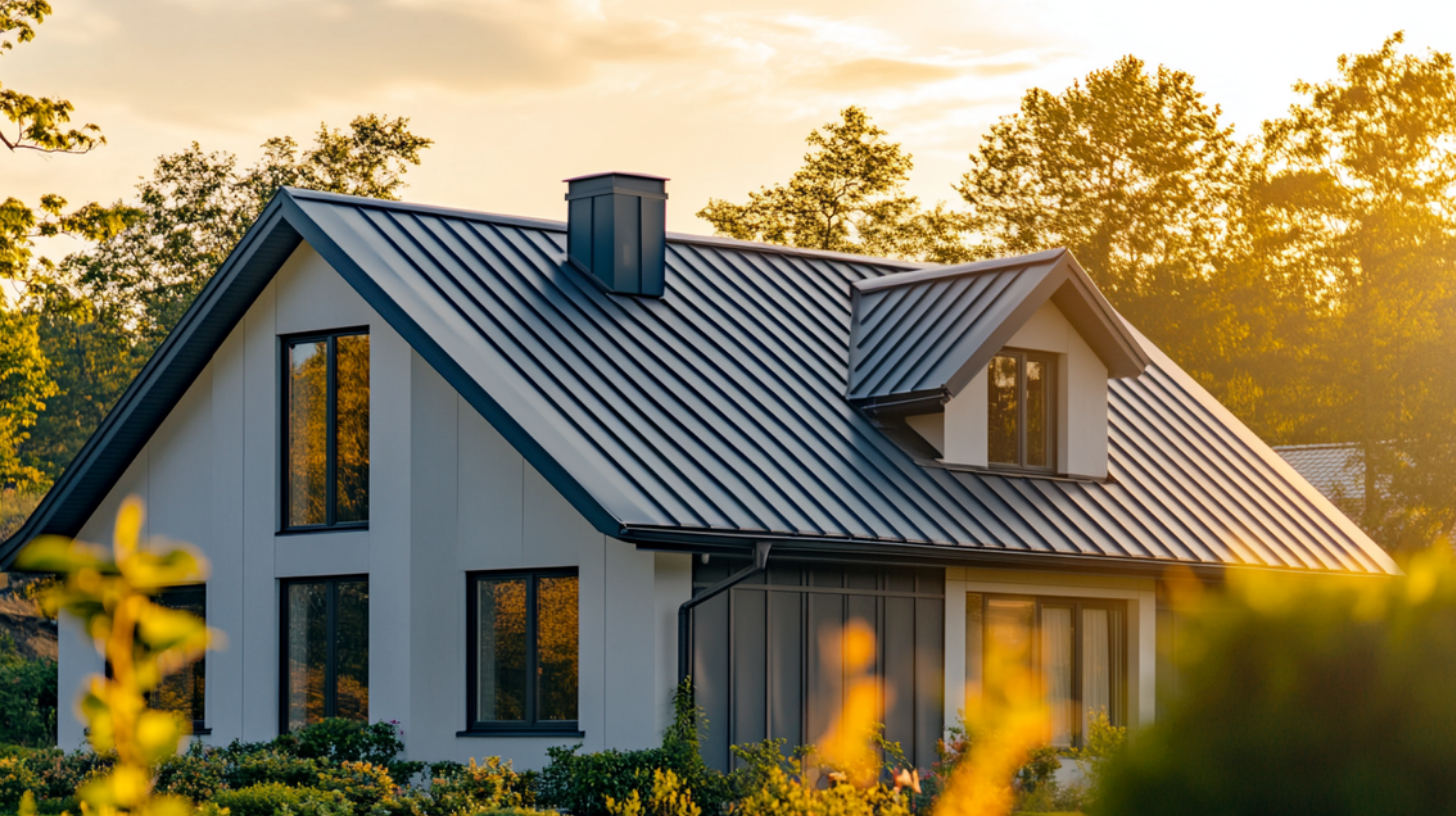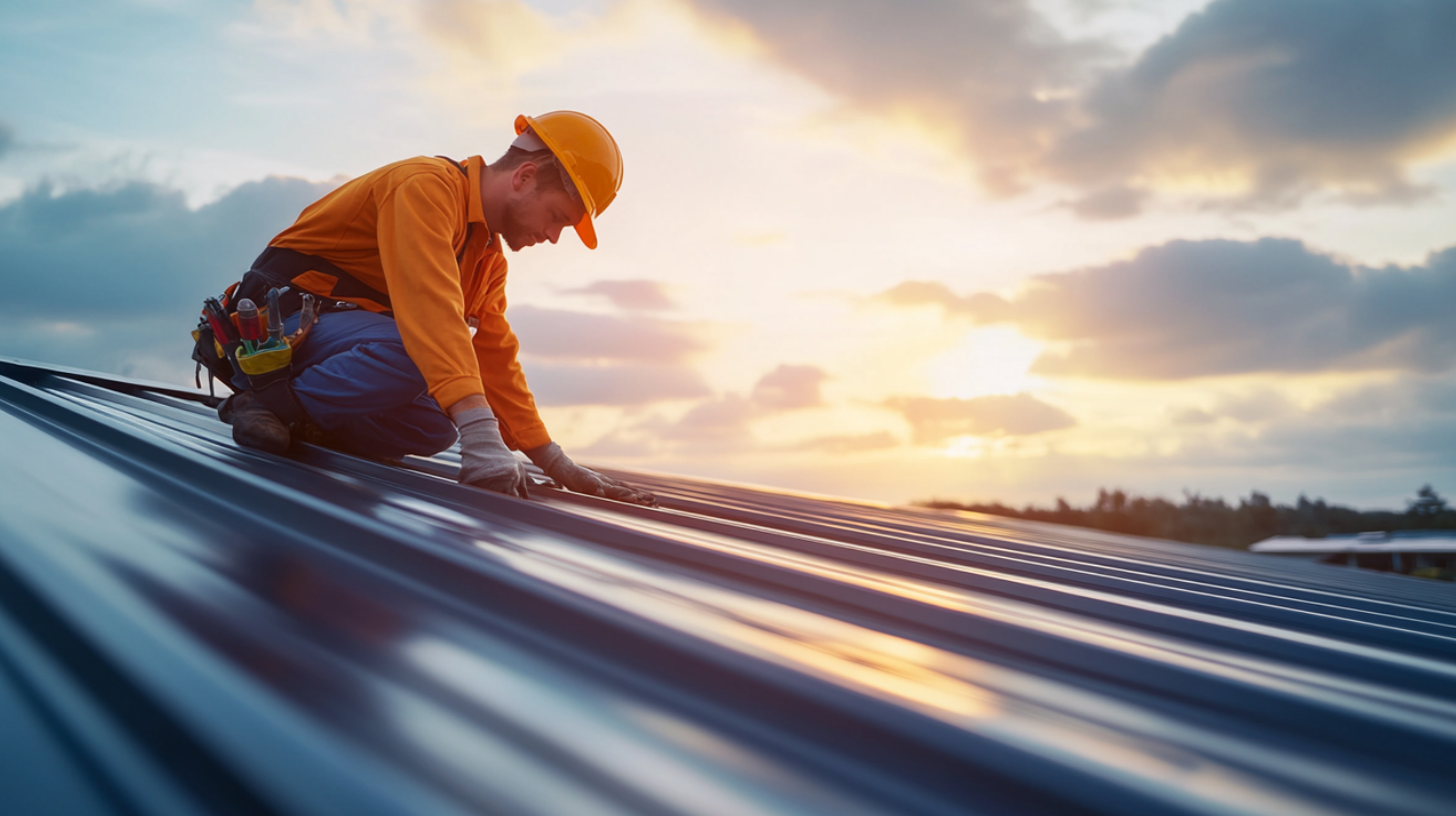Introduction to Material Evaluation of Roofs
Homeowners can safeguard their investments and maintain a safe shelter by prioritizing material evaluation during roof inspections. Understanding the conditions of your roofing materials enables proactive maintenance, thereby enhancing the lifespan of your roof and protecting your property from the elements.

Material Evaluation - Understanding Roof Material Evaluation - Sky Roofing Construction & Remodeling
Understanding Roof Material Evaluation
A professional roof inspection provides valuable insights into signs of damage and helps homeowners and building managers make informed decisions about repairs, replacements, or upgrades. By comprehensively evaluating the materials used in a roof, potential issues can be identified early on, ensuring that the structure remains sound and safe.
The inspection results are often summarized in a detailed report, which guides homeowners or building owners in investing in the best materials for their specific needs, enhancing their properties’ overall protection and energy efficiency.
Common Roofing Materials
When it comes to roofing, selecting a suitable material is crucial for durability and aesthetic appeal. Common roofing materials like asphalt shingles, metal roofs, clay tiles, and slate each offer unique characteristics that significantly influence the overall health of a roofing system.
- Asphalt shingles are famous for their affordability and easy installation. They typically last 15 to 30 years but may succumb to curling and granule loss.
- Metal roofs are known for longevity, often exceeding 50 years, and resistance to extreme weather, but improper installation can lead to leaks.
- Clay tiles provide a classic look and can last over a century, although their weight requires a solid understructure to prevent cracking.
- Slate is one of the most durable materials available, with lifespans exceeding 100 years, but it demands a higher initial investment and specialized installation.
Evaluating the performance and condition of these roofing materials is essential; issues such as curling, cracking, or leakage can detract from their lifespan and overall integrity, underscoring the importance of consulting a roofing professional for thorough material evaluation during roof inspections.
Why Material Evaluation is Crucial
Beyond assessing visible damage, a comprehensive material evaluation incorporates a sampling process to uncover critical components like moisture levels and aging conditions. Modern technology, such as infrared technology, can accurately assess hidden problems. This is particularly significant when the roof’s installation history is uncertain, as undiscovered weaknesses could lead to costly repairs or replacements.
Ensuring your roof meets the building code requirements also helps prevent safety and functionality issues. By prioritizing material evaluation, homeowners and building owners can ensure their roofs remain resilient and functional, extending their lifespan and enhancing overall property value.

Material Evaluation - Key Steps in Evaluating Roof Materials - Sky Roofing Construction & Remodeling
Key Steps in Evaluating Roof Materials During Inspection
Visual Inspection of Roofing Materials
Additionally, they check for signs of leaks and moisture buildup, which can result from inadequate ventilation or proper insulation. By identifying these problems early, homeowners can take proactive measures to extend the life of their roofing system.
Advanced technology, such as infrared scanners and drones, is increasingly being utilized to enhance the accuracy and thoroughness of damage assessment. These tools provide a detailed view of the roof’s condition, including hard-to-reach areas, allowing for a comprehensive evaluation that traditional methods might miss.
Assessing Material Durability
Regular material inspection plays a vital role in identifying potential weaknesses and ensuring that the roofing system remains effective, particularly for complex roofs. Issues like cracks, missing pieces, and visible signs of wear and tear compromise the aesthetic appeal and can lead to future issues if left unaddressed.
By understanding the importance of comprehensive roof inspections and promptly addressing any concerns, homeowners and building owners can protect their investments and ensure the longevity of their roofs, ultimately contributing to safer and more resilient structures.
Common Issues Identified During Material Evaluation
A careful assessment of wear around roofing equipment, including vents and chimneys, is often overlooked, yet it can create pathways for water intrusion. Inspecting flashings is essential, as deterioration in this area may result in leaks and provide entry points for pests, leading to further complications.
Additionally, staining from rust, moss growth, and water damage can indicate underlying problems that, if neglected, may escalate into more significant issues. These obvious issues and potential repairs should be included in a comprehensive inspection report, highlighting the importance of regular inspections to ensure the longevity and safety of roofing systems.

Material Evaluation - Solutions and Recommendations - Sky Roofing Construction & Remodeling
Solutions and Recommendations Based on Material Evaluation
If curling or cracking is evident in asphalt shingles, immediate patching or full shingle replacement is recommended to prevent leaks. Metal roofs, while durable, may show signs of rust or loose panels; applying protective coatings and securing loose areas are effective solutions. For tile roofs with cracked or missing tiles, timely replacement is essential to maintain structural integrity and prevent water infiltration.
By promptly addressing minor issues, homeowners can enhance the longevity of their roofs and avoid expensive repairs in the future. Whether reinforcing, repairing, or replacing roofing materials, timely inspections and actions lead to more sustainable roofing solutions.
Ensure Your Roof’s Longevity with Expert Material Evaluation from Us
Prioritizing material evaluation during your roof inspections is essential for maintaining the integrity and longevity of your roofing system. By identifying and addressing potential issues early, you can prevent costly repairs and enhance the durability of your roof. For a thorough assessment and tailored recommendations, contact Sky Roofing Construction & Remodeling (skyroofingconstructiontx.com/) to schedule a professional roof inspection. Call us today at (210) 942-9797 to ensure your roof remains in optimal condition and protect your investment with expert guidance and support.
Willis Vachon is a seasoned contributing writer for Sky Roofing Construction & Remodeling, specializing in the technical and safety aspects of roofing construction. With a keen eye for detail and a passion for ensuring quality and safety in every project, Willis provides valuable insights that help both professionals and homeowners make informed decisions about their roofing needs.

